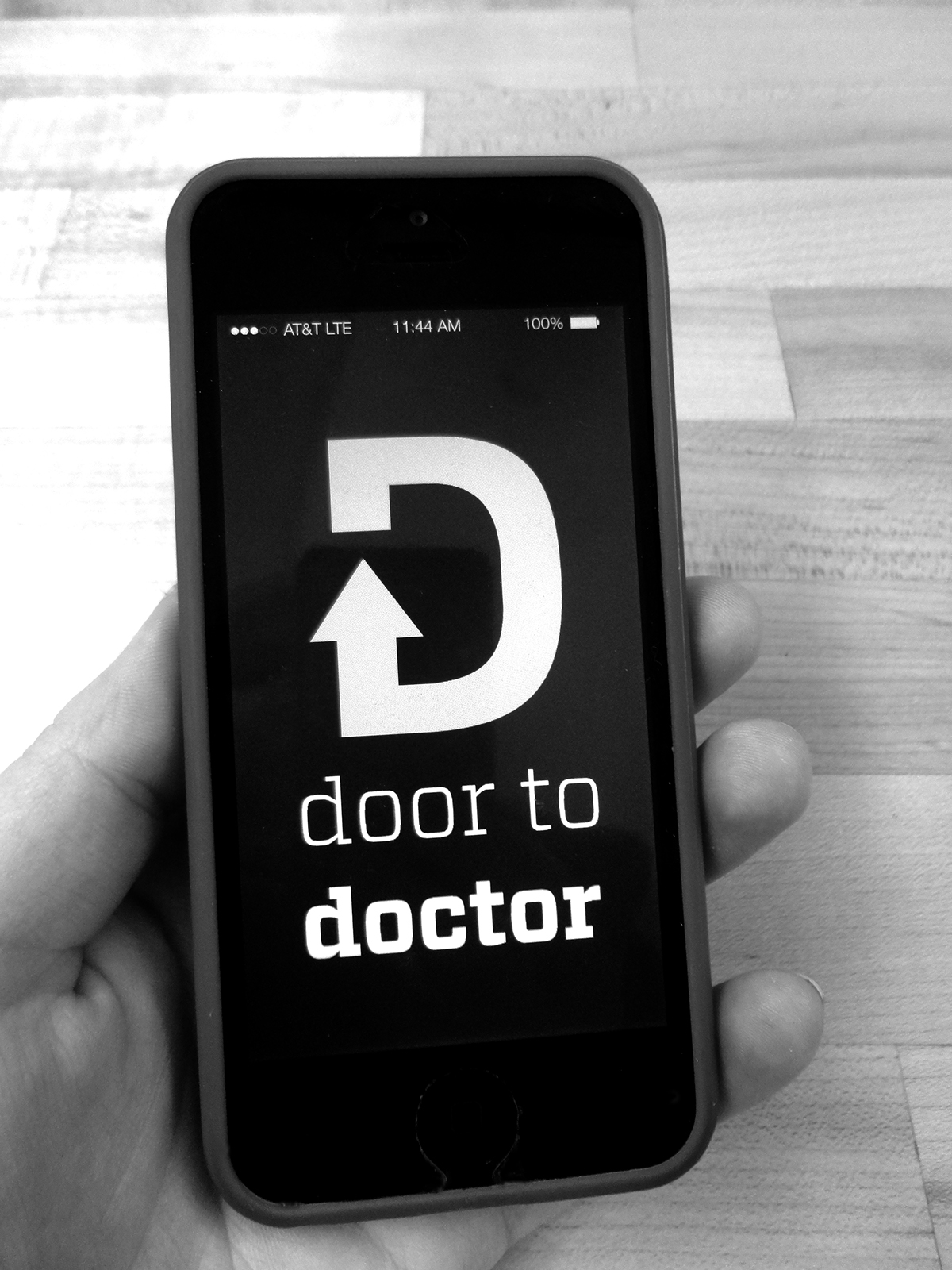BJC Healthcare outpatients experience daily difficulties accessing safe and reliable transportation. This results in unnecessary stress and pain for patients, preventable appointment cancellations, additional duties for staff, and increased readmissions for BJC hospitals.
This interdisciplinary seminar lead by Doug Powell utilized design thinking ethnographic research methods to create a digital solution to help patients get to and from the hospital safely.

My team spoke with BJC patients, their caregivers, social workers, and nurses to better understand their needs and daily pain points they experience. We learned that providers would first describe themselves as "travel agents," as the task of coordinating transportation usually falls to them. All our discoveries were documented for BJC in a process book.

Based off of our interviews, we plotted the journey to and from the hospital, accounting for all types of conversation and keeping track of what each patient was thinking, feeling and doing at each stage.

Synthesizing our post-it findings, we made a poster that clarified opportunities for our digital service.

We developed a free ride-share that is operated in tandem by the hospital and medical student volunteers in need of practicum hours. An accompanying app would help drivers and social workers schedule patient transit and keep everyone in sync.

One of my roles was to create the name and mark for our ride share service, which would quite literally pick up patients at their home front door and bring them to their social worker at the hospital. The mark is meant to suggest the complete transit cycle, with the arrow alluding to navigation and hinting at a technical solution with the refresh gesture.

To tell the story of our service, we came up with 3 personas: a patient, a social worker, and a student driver. My fellow team mate, Chloe Kramer, illustrated the personas and drew a storyboard of the whole Door to Doctor experience.

I was most excited to prototype our digital solution that would ensure the success of each Door to Doctor ride. The app we designed focuses on allowing social workers to match student drivers' availability with patients' appointment times, while also monitoring their progress.

We heard from our social worker users that they often feel like travel agents, only without the control to know where their patients are and if they are traveling safely. The hallmark feature of our app would be the ride progress screen, which allows drivers to indicate at the touch of a button (at safe stops) their stage of the commute. Social works can also see this screen, allowing them to get back to the jobs they were trained to perform and greet the patient at the door upon arrival.

For our final presentation to BJC, I mocked up some example wireframes of the Door to Doctor loading screen and the scheduling system.

Additionally, I showed the patient–rider matching system and the ride progress screen.

As our seminar came to a close we presented our research, persona storyboards, service concept, wireframes, and process book to BJC. Doug Powell soliciting feedback on our presentation, as Chloe Kramer, Zev Powell and I field questions.

Following the seminar, I was invited to continue working with the Innovations Team on their free ride share trial that took place in March 2014. This is an example of some of the detailed persona mapping we performed.

Through this additional research, we focused the ride-share solely on the ride home, as this seemed to be a far greater problem for patients than reaching the hospital safely.

In March 2014, BJC implemented a free trial to transport patients safely home – with stellar results. It was incredibly rewarding to see this project through the finish, knowing that it will improve peoples' lives.

Process book is 7.5x10," type set in Archer and Avenir font families.


